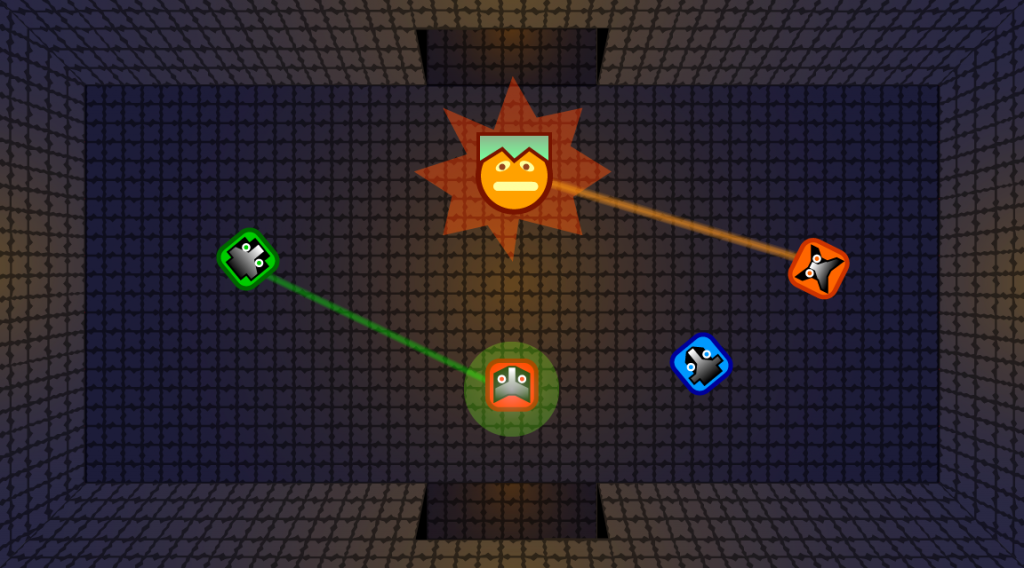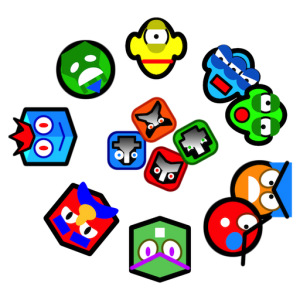One thing I think all software developers love to do is to make software for “the heck of it.” Hacking something together without having to worry about users, open source community members, and code reviews, is something devs don’t get to do often in these days of test-driven, agile, minimum viable products. Back in 2011 I created an iPhone game just for the heck of it. I wanted to learn about the indy game development process and there isn’t a better way of learning than by doing. I accomplished my mission and uploaded the first version of Dungeonators to Apple’s iTunes App Store in October of 2011. While the game is not very playable, I learned a lot:
- How to design and implement a realtime game with Objective-C and the Cocos2d-iPhone framework
- How to create all the art, fonts, sprites, and a spite atlas
- How to record (or buy) all the sounds and music and use open source tools to transcode audio for a game
- How to create the mechanics of a game with objects and callbacks while ref counting to manage memory
- How to test and deploy an iOS game and get something approved in the App Store
Now it’s 2014 and much has changed in the world of indy game development for iOS. Apple’s iOS 7 introduced Sprite Kit which reduces the need for a framework like Cocos2d. Apple also introduced the iPhone 5 and the iPad with Retina, which mean there are four iOS screen resolutions/aspect ratios in common use. Oh, and let’s not forget Flappy Bird and 2048. While writing a hit indy game is still harder than winning the lottery it looks like a couple of people have done it!
Since I’m taking a break between adventures, I thought it would be fun to update Dungeonators for iOS 7 and Sprite Kit. Plus it would be good to make the game universal (available on all iOS devices) and global (available in more than just the United States edition of the App Store). And I should probably make it playable!
The technical part of this plan is relatively easy. iOS 7 is easier to develop with than previous versions of iOS. I can use ARC (automatic reference counting)in addition to manual ref counting. All the music and sound effects should just work fine. My custom Objective-C classes just need some simplifying (I wrote too much code–that’s my bad coding habit). The original Dungeonator’s artwork is all vector-based so rendering it in different resolutions for each iOS device shouldn’t be too hard. Finally, Sprite Kit is remarkably similar to Cocos2d. Porting the scenes, sprites, transitions, and actions will also be easy.

The hard part is creating a playable game. If you download original version of Dungeonators from the App Store you’ll find it really confusing. How do you play? Where to you touch? What is the goal? I don’t know what I was thinking!
Actually I do know what I was thinking. I was thinking about the inside not the outside. Inside there are classes for characters, strategies, spells, payloads, and matches. Way too much to fit in a casual game. So while I’m porting everything over I’m going to tear out hundreds of lines of code. I’m going to simplify Dungeonators to the point where it doesn’t require a personal demo from me to learn how to play!
I still might not have a playable game but at least it won’t crash anymore!


Comments
One response to “Re-doing Dungeonators”
I downloaded the game. It’s pretty easy to understand. I kinda of got addicted and played for 30 minutes. It brought me back to my childhood.
Thanks